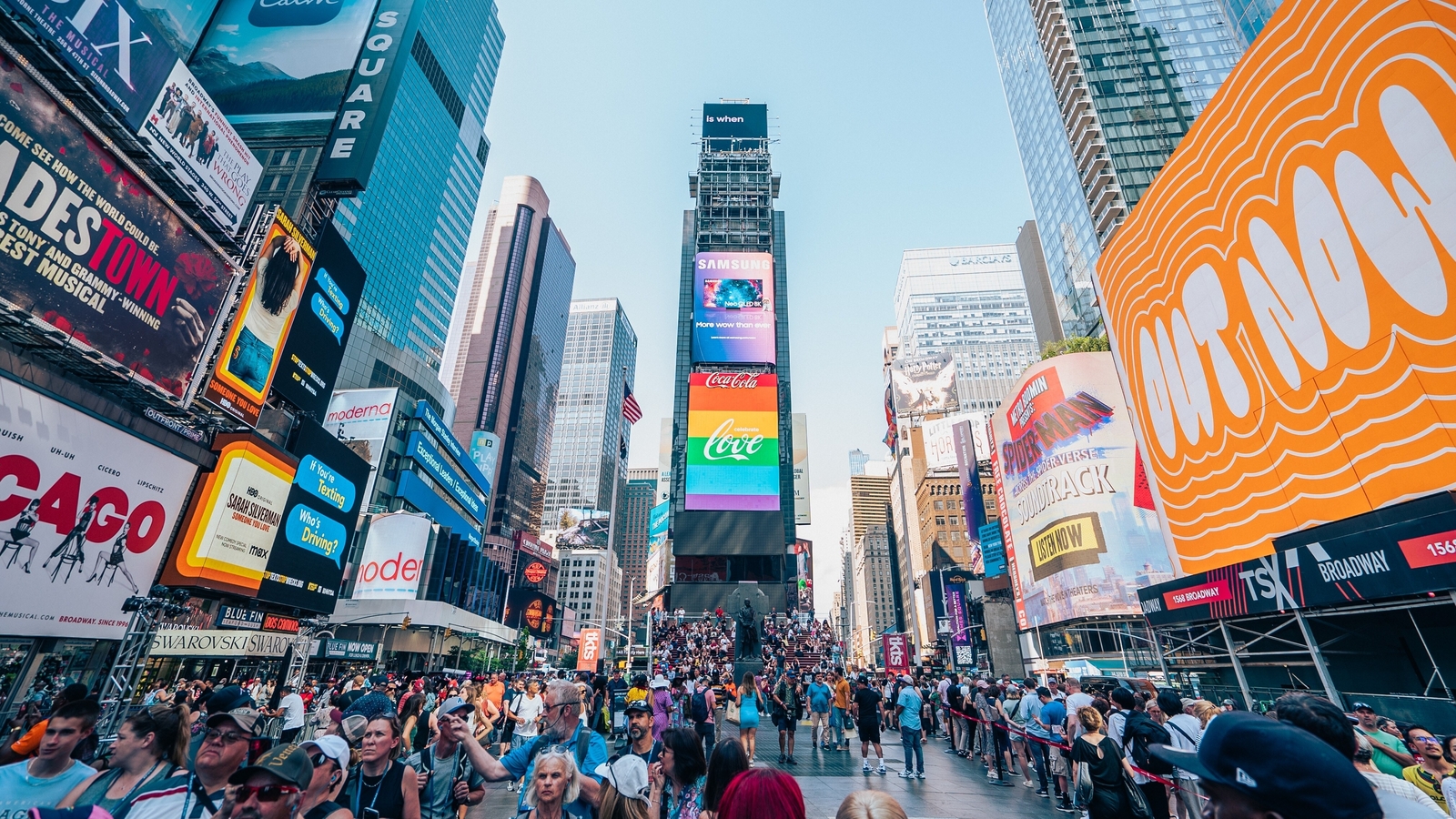G7 Leaders Summit in Canada: A Tense Reunion Amidst Divides
As the leaders of the G7 gather in the breathtaking Canadian Rockies from Sunday to Tuesday, the anticipation is palpable. This summit is not just another gathering of world leaders; it’s a complex interplay of diplomacy, trade discussions, and underlying tensions, especially with the ever-controversial figure of President Donald Trump in attendance.
Context of Divisions
The pressure cooker atmosphere surrounding this summit is exacerbated by increasing rifts between the United States and its longtime allies. Host Prime Minister Mark Carney is determined to maintain focus on key areas such as peace and security, the establishment of critical mineral supply chains, and job creation. Yet, the summit’s agenda is undeniably weighed down by contentious issues like U.S. tariffs and ongoing conflicts in the Middle East and Ukraine.
Notably, on the heels of Israeli airstrikes on Iranian positions, which undermine Trump’s diplomatic efforts, a crucial question looms over how such developments will shape discussions at the summit.
The Shadow of 2018
Recollections from the last G7 summit hosted by Canada in 2018 are hard to shake off. Trump notably departed early, branding then-Prime Minister Justin Trudeau as "very dishonest and weak," and withdrawing the U.S. approval of the closing communique. Echoes of that incident cast long shadows over the current summit, with experts suggesting that the primary objective should be to avoid similar eruptions. Professor Roland Paris of the University of Ottawa encapsulated this sentiment, stating, "This will be a successful meeting if Donald Trump doesn’t have an eruption that disrupts the entire gathering."
Strategic Adjustments
In a bid to navigate these treacherous diplomatic waters, Canada has consciously opted against a traditional joint communique, preferring instead to issue summarized conclusions to minimize potential fallout. This strategy aims to contain any disasters while still finding pathways for productive engagement with the U.S.
Senator Peter Boehm emphasized that this year’s summit would see extended sessions to facilitate more one-on-one meetings with President Trump. This tactical alteration highlights the desire for meaningful dialogue amidst uncertainty.
Global Perspectives on the Agenda
Outside traditional discussions, the summit is set to feature leaders from nations like Ukraine, Mexico, India, and Brazil, all hoping to engage Trump on their respective interests. Discussions on vital issues—ranging from trade agreements to international security—are on the table, showcasing the interconnectedness of global challenges faced by these countries.
Amidst the urgency, concerns over Trump’s commitment to the G7 format itself linger. Analysts suggest that the president’s history of prioritizing bilateral over multilateral discussions adds a layer of unpredictability to the proceedings.
Ukraine’s Desperate Search for Support
One aspect of the summit that continues to gain attention is the situation in Ukraine. Canada has historically been a steadfast supporter of Ukraine, and with ongoing tensions surrounding Russian aggression, the expectations for a strong, united international stance are high. However, Ukrainian officials seem to have tempered their expectations, suggesting that even a cordial meeting between Trump and Ukrainian President Zelenskiy would be a significant achievement under the current circumstances.
The Broader Implications for International Alliances
This summit stands as an initial test of whether Trump seeks to collaborate with allies to address shared global issues. The responses from leaders like French President Emmanuel Macron, who has maintained a frank, yet cooperative relationship with Trump, will be indicative of the future of transatlantic relations. Macron’s comment on the postponement of a UN conference aimed at fostering a two-state solution underscores the complex geopolitical dynamics at play.
Navigating Complex Relationships
As the summit unfolds, it’s clear that each leader bears unique hopes and anxieties influenced by the complex interdependencies of international politics today. While discussions on trade, climate change, and security will undoubtedly dominate, the ability to navigate tensions—particularly those involving Trump’s unpredictable nature—will set the tone for future collaborations.
In essence, this G7 gathering is not just a routine meeting of leaders; it’s a crucial moment that may define the international order moving forward amidst shifting alliances and emerging global challenges.


